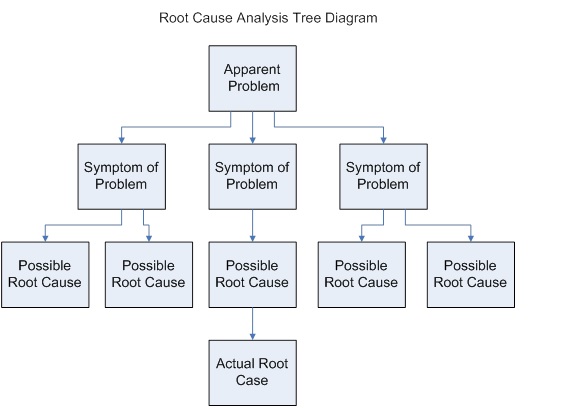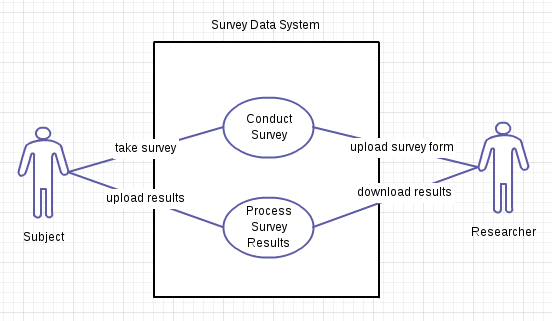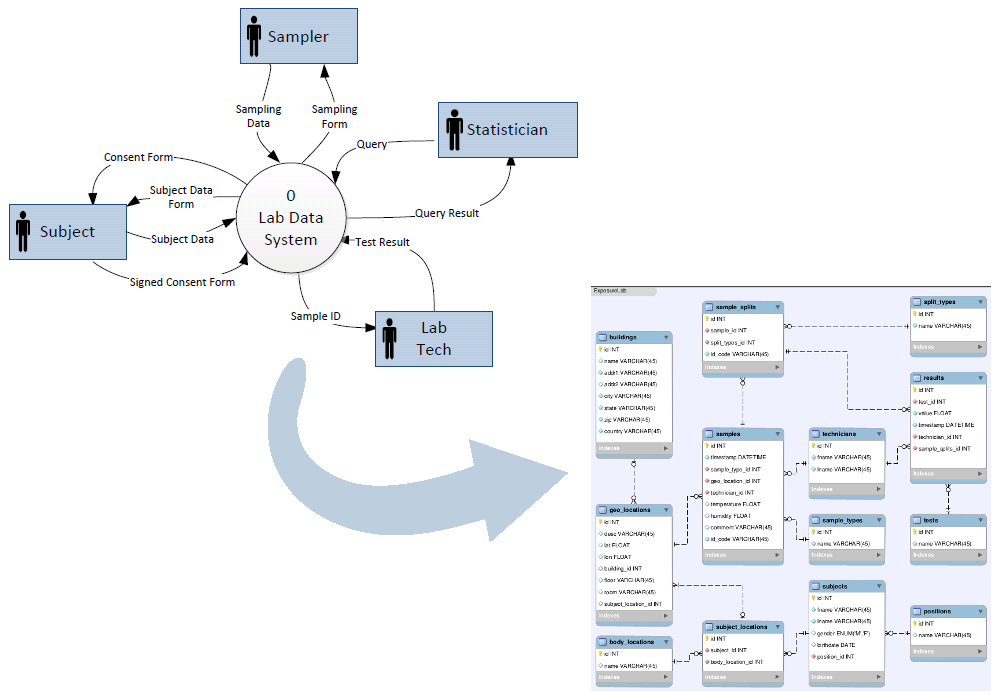-
Notifications
You must be signed in to change notification settings - Fork 2
/
Copy pathSystems_Analysis.Rpres
261 lines (185 loc) · 12 KB
/
Systems_Analysis.Rpres
1
2
3
4
5
6
7
8
9
10
11
12
13
14
15
16
17
18
19
20
21
22
23
24
25
26
27
28
29
30
31
32
33
34
35
36
37
38
39
40
41
42
43
44
45
46
47
48
49
50
51
52
53
54
55
56
57
58
59
60
61
62
63
64
65
66
67
68
69
70
71
72
73
74
75
76
77
78
79
80
81
82
83
84
85
86
87
88
89
90
91
92
93
94
95
96
97
98
99
100
101
102
103
104
105
106
107
108
109
110
111
112
113
114
115
116
117
118
119
120
121
122
123
124
125
126
127
128
129
130
131
132
133
134
135
136
137
138
139
140
141
142
143
144
145
146
147
148
149
150
151
152
153
154
155
156
157
158
159
160
161
162
163
164
165
166
167
168
169
170
171
172
173
174
175
176
177
178
179
180
181
182
183
184
185
186
187
188
189
190
191
192
193
194
195
196
197
198
199
200
201
202
203
204
205
206
207
208
209
210
211
212
213
214
215
216
217
218
219
220
221
222
223
224
225
226
227
228
229
230
231
232
233
234
235
236
237
238
239
240
241
242
243
244
245
246
247
248
249
250
251
252
253
254
255
256
257
258
259
260
261
Systems Analysis
========================================================
author: Brian High
date: `r format(Sys.Date(), format="%B %d, %Y")`
transition: fade
#incremental: true
Research Computing and Data Management
-------------------------------------------------------
[http://github.com/brianhigh/research-computing](http://github.com/brianhigh/research-computing)
<small style="font-size:.5em">
This work is licensed under a <a rel="license" href="http://creativecommons.org/licenses/by-sa/4.0/">Creative Commons Attribution-ShareAlike 4.0 International License</a>.<br />
<a rel="license" href="http://creativecommons.org/licenses/by-sa/4.0/"><img alt="Creative Commons License" style="border-width:0" src="https://i.creativecommons.org/l/by-sa/4.0/88x31.png" /></a>
</small>
Systems Development Life Cycle
========================================================
We will take a closer look at the **[systems analysis](http://en.wikipedia.org/wiki/Systems_analysis)** phase.
* [Planning](http://en.wikipedia.org/wiki/Systems_development_life_cycle#System_investigation) ([feasibility study](http://en.wikipedia.org/wiki/Feasibility_study))
* **[Analysis](http://en.wikipedia.org/wiki/Systems_development_life_cycle#System_analysis)**
* [Design](http://en.wikipedia.org/wiki/Systems_development_life_cycle#Design)
* [Implementation](http://en.wikipedia.org/wiki/Implementation#Information_Technology_.28IT.29)
* [Maintenance](http://en.wikipedia.org/wiki/Software_maintenance)
<small style="font-size:.5em">
Source: [Wikipedia](http://en.wikipedia.org/wiki/Systems_development_life_cycle#Phases), [CC BY-SA 3.0](http://en.wikipedia.org/wiki/Wikipedia:Text_of_Creative_Commons_Attribution-ShareAlike_3.0_Unported_License)
</small>
----

<small style="font-size:.5em">
Source: [Dzonatas, CC BY-SA 3.0, (Wikimedia)](http://commons.wikimedia.org/wiki/File:SDLC-Maintenance-Highlighted.png)
</small>
What will you need?
========================================================
A **primary goal** of this course is to help you develop your skills in *[requirements analysis](http://en.wikipedia.org/wiki/Requirements_analysis)*.
- These skills **enable** you to:
* **Clarify** of your project needs
* **Plan** your project
* **Obtain** and **allocate** critical resources
> If you don't *know* what you *need*, how can you *ask* for it?
Systems Analysis
========================================================
Imagine we have already:
1. Completed initial [feasibility study](http://en.wikipedia.org/wiki/Feasibility_study)
2. Proposed the project
3. Gained approval from from [stakeholders](http://en.wikipedia.org/wiki/Project_stakeholder) to proceed
Now, our [Systems analysis](http://en.wikipedia.org/wiki/Systems_analysis) will:
- [Break down](http://en.wikipedia.org/wiki/Work_breakdown_structure) the system in different pieces
- Analyze the situation and **project goals**
- Break down what needs to be created
- **Engage users** to state **[definite requirements](http://en.wikipedia.org/wiki/Requirements_analysis)**
<small style="font-size:.5em">
Source: [Wikipedia](http://en.wikipedia.org/wiki/Systems_development_life_cycle#System_investigation), [CC BY-SA 3.0](http://en.wikipedia.org/wiki/Wikipedia:Text_of_Creative_Commons_Attribution-ShareAlike_3.0_Unported_License)
</small>
Systems Analysis Definition
========================================================
- *system* = "a set of interacting or interdependent components"<sup style="font-size:.5em">1</sup>
- *analysis* = "to take apart"<sup style="font-size:.5em">2</sup>
>[Systems analysis](http://en.wikipedia.org/wiki/Systems_analysis) is a problem solving technique that decomposes a system into its component pieces for the purpose of the studying how well those component parts work and interact to accomplish their purpose.<sup style="font-size:.5em">3</sup>
> *Lonnie D. Bentley*
<br>
<small style="font-size:.5em">
1. Source: [Wikipedia](http://en.wikipedia.org/wiki/System), [CC BY-SA 3.0](http://en.wikipedia.org/wiki/Wikipedia:Text_of_Creative_Commons_Attribution-ShareAlike_3.0_Unported_License)
<br>
2. Source: [Wikipedia](http://en.wikipedia.org/wiki/Systems_analysis), [CC BY-SA 3.0](http://en.wikipedia.org/wiki/Wikipedia:Text_of_Creative_Commons_Attribution-ShareAlike_3.0_Unported_License)
<br>
3. Source: *Systems Analysis and Design for the Global Enterprise 7th ed.*, by Lonnie D. Bentley, as quoted by [Wikipedia](http://en.wikipedia.org/wiki/Systems_analysis)
</small>
Systems Analysis Phases
========================================================

----
1. [Scope definition](http://en.wikipedia.org/wiki/Scope_%28project_management%29): Establish system boundaries
2. [Problem analysis](http://en.wikipedia.org/wiki/Problem_statement): Identify symptoms and causes
3. [Requirements analysis](http://en.wikipedia.org/wiki/Requirements_analysis): Determine goals
4. [Logical design](http://en.wikipedia.org/wiki/Systems_design#Logical_design): Model relationships
5. [Decision analysis](http://en.wikipedia.org/wiki/Decision_analysis): Evaluate alternatives
<small style="font-size:.5em">
Source: [Wikipedia](http://en.wikipedia.org/wiki/Systems_analysis#Information_technology), [CC BY-SA 3.0](http://en.wikipedia.org/wiki/Wikipedia:Text_of_Creative_Commons_Attribution-ShareAlike_3.0_Unported_License)
</small>
Scope Definition
========================================================
> **Scope** involves *getting information* required to start a project, and the *features* the product would have that would meet its *stakeholders requirements*.
* **Project Scope**: *work to be done*
* **Product Scope**: *desired features and functions*
> **Scope creep** is [...] the *incremental expansion* of the scope of a project [...], while nevertheless *failing to adjust* schedule and budget.
<small style="font-size:.5em">
Source: [Wikipedia](http://en.wikipedia.org/wiki/Scope_%28project_management%29), [CC BY-SA 3.0](http://en.wikipedia.org/wiki/Wikipedia:Text_of_Creative_Commons_Attribution-ShareAlike_3.0_Unported_License)
</small>
Problem Analysis
========================================================
* Define and clarify the problem (or issue)
* Determine the problem's importance
* Assess the feasibility of solving the problem
* Consider any negative impacts (unintended consequences)
* Prioritize problems to solve (bottlenecks? low-hanging fruit?)
* Answer: *what*, *why*, *who*, *when*, *where*, and *how much*?
* Find **causes** (especially [root cause](http://en.wikipedia.org/wiki/Root_cause_analysis)) and **symptoms** (effects)
<small style="font-size:.5em">
Source: [Jenette Nagy, Kansas University, CC BY-NC-SA 3.0 US](http://ctb.ku.edu/en/table-of-contents/analyze/analyze-community-problems-and-solutions/define-analyze-problem/main)
</small>
Root Cause Analysis
========================================================
*"Ask Why Five Times"*

<small style="font-size:.5em">
Source: [KellyLawless, CC BY-SA 3.0 Unported (Wikimedia)](http://commons.wikimedia.org/wiki/File:Root_Cause_Analysis_Tree_Diagram.jpg)
<br>
See also: [Ask Why 5 Times, Business Analysis Guidebook/Root Cause Analysis (Wikibooks)](http://en.wikibooks.org/wiki/Business_Analysis_Guidebook/Root_Cause_Analysis#Ask_Why_5_Times)
</small>
Requirements Analysis
========================================================
- [Elicit, Analyze, and Record (EAR)](http://en.wikipedia.org/wiki/Requirements_analysis#Overview):
* System and project [requirements](http://en.wikipedia.org/wiki/Requirements_analysis)
- Further elucidate:
* [Measurable goals](http://en.wikipedia.org/wiki/Requirements_analysis#Measurable_goals)
* Mission objectives
- Output: [Requirements specification](http://en.wikipedia.org/wiki/Requirements_specification)
<small style="font-size:.5em">
Source: [Wikipedia](http://en.wikipedia.org/wiki/Requirements_analysis), [CC BY-SA 3.0](http://en.wikipedia.org/wiki/Wikipedia:Text_of_Creative_Commons_Attribution-ShareAlike_3.0_Unported_License)
</small>
----
[Types of requirements](http://en.wikipedia.org/wiki/Requirements_analysis#Types_of_Requirements):
- Operational
- [Functional](http://en.wikipedia.org/wiki/Functional_requirement)
- [Non-functional](http://en.wikipedia.org/wiki/Non-functional_requirement)
- [Architectural](http://en.wikipedia.org/wiki/Systems_architecture)
- Behavioral
- Performance
- (Others...)
Requirements Modeling: Example
========================================================
**Survey Data System**
Behavioral requirements ...
- **Researcher** *uploads survey*.
- **Subject** *takes survey*.
- **Subject** *uploads results*.
- **Researcher** *downloads results*.
... in **role** *goal* format.
----
[Use Case Diagram](http://en.wikipedia.org/wiki/Use_case)

<small style="font-size:.5em">
Source: [Brian High, Github](https://github.com/brianhigh/data-workshop/blob/master/images/research_survey_data_system.png), [Public Domain, CC0 1.0](http://creativecommons.org/publicdomain/zero/1.0/)
</small>
Logical Design
========================================================
- Abstract representation
- Data flows, entities, and relationships
- Inputs and outputs
- Graphical modeling:
* [Data Flow Diagram (DFD)](http://en.wikipedia.org/wiki/Data_flow_diagram)
* [Entity Relationship Diagram (ERD)](http://en.wikipedia.org/wiki/Entity%E2%80%93relationship_model)
<small style="font-size:.5em">
Source: [Wikipedia](http://en.wikipedia.org/wiki/Systems_design#Logical_design), [CC BY-SA 3.0](http://en.wikipedia.org/wiki/Wikipedia:Text_of_Creative_Commons_Attribution-ShareAlike_3.0_Unported_License)
</small>
----
[Entity Relationship Diagram](http://en.wikipedia.org/wiki/Entity%E2%80%93relationship_model)
- **Artist** *performs song*

<small style="font-size:.5em">
Source: [Bignose, Wikimedia](http://commons.wikimedia.org/wiki/File:ERD-artist-performs-song.svg), [Public Domain](http://en.wikipedia.org/wiki/Public_domain)
</small>
Logical Design: Diagrams
========================================================
Several examples of these diagrams can be found in [Systems Analysis and Design](https://github.com/brianhigh/data-workshop/blob/master/Systems_Analysis_and_Design.md).
This [tutorial](https://github.com/brianhigh/data-workshop/blob/master/Systems_Analysis_and_Design.md)<sup style="font-size:.5em">1</sup> ([PDF](https://canvas.uw.edu/courses/951183/modules/items/5479924), [HTML](https://canvas.uw.edu/courses/951183/modules/items/5479962), [MP4](https://canvas.uw.edu/courses/951183/modules/items/5479995)) provides several examples from a fictitious public health research study.
<small style="font-size:.5em">
1. See also: *[Data Management](https://canvas.uw.edu/courses/951183/modules)*, UW Canvas.
</small>
----

<small style="font-size:.5em">
Source: [Brian High, Github](https://github.com/brianhigh/data-workshop/blob/master/images/analysis_and_design.png), [Public Domain, CC0 1.0](http://creativecommons.org/publicdomain/zero/1.0/)
</small>
Decision Analysis
========================================================
[Decision analysis](http://en.wikipedia.org/wiki/Decision_analysis) involves ...
- Presentation of alternatives:
* What to buy or build?
- Evaluation of alternatives:
* Assess the "pros and cons"
* Compare against requirements
- Make a recommendation to stakeholders
- Get a decision from stakeholders
<small style="font-size:.5em">
Source: [Wikipedia](http://en.wikipedia.org/wiki/Decision_analysis), [CC BY-SA 3.0](http://en.wikipedia.org/wiki/Wikipedia:Text_of_Creative_Commons_Attribution-ShareAlike_3.0_Unported_License)
</small>